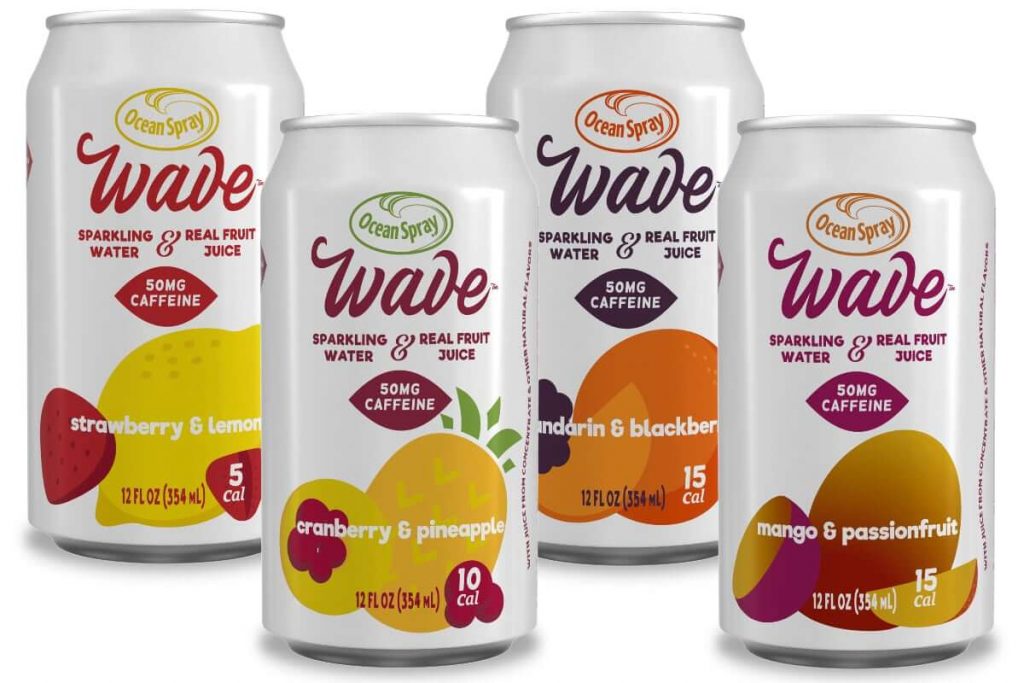Warm Soda
The low-calorie coke story hasn’t discouraged industry leaders from continuing to innovate. For example, 5 years ago PepsiCo began testing the attractiveness of … heated soft drinks in thr stores of Boston.
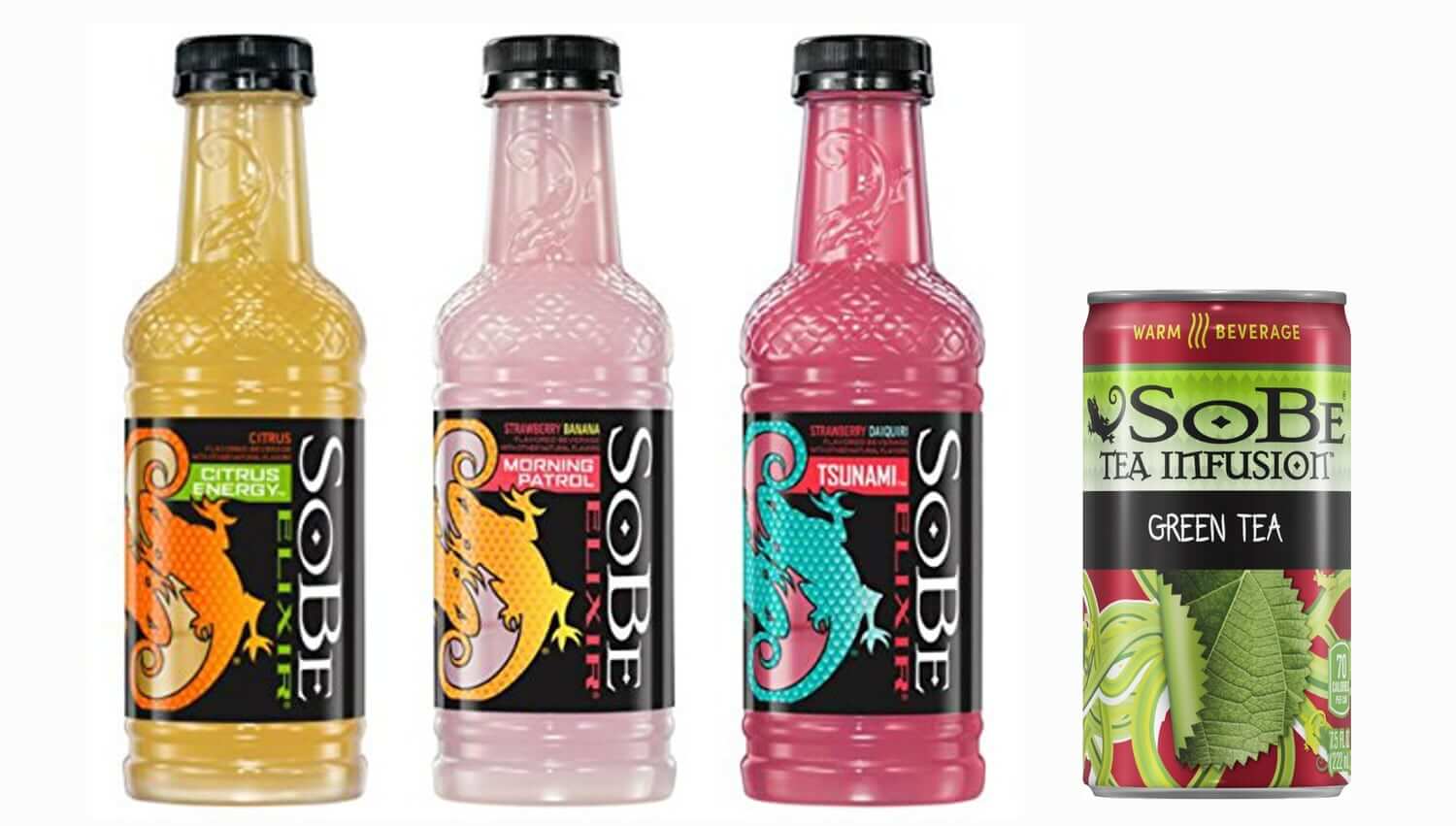
Green tea SoBe and Caleb’s Kola were selected for the tests, which were exhibited in a heating cabinet with a temperature of 50 ° C. The bold and non-standard move did not take root, but PepsiCo appreciated the potential of the SoBe brand is a mixture of tea and juice.
Now, three lines of soft drinks are sold under the umbrella brand SoBe: SoBe LafeWater (fortified drinking water), which we have already talked about, SoBe Elixirs (drinks with herbal extracts and vitamins, sweetened with sucrose and stevia) and SoBe Tea (iced tea with herbal extracts) , which can be drunk both cold and warmed (but, exclusively, at your responsibility).
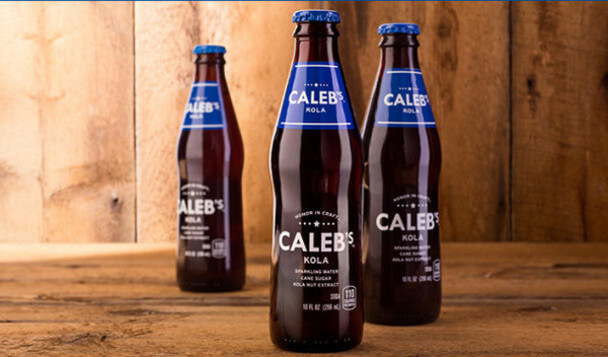
The Caleb brand from the PepsiCo portfolio is playing on another trend of the post-image world — the desire for authenticity. Premium drinks are increasingly attracting the attention of customers. It’s not even a health issue, it’s just that consumers want more authenticity, which is exactly what retro brands are using (vintage glass bottles, clean labels, stuff like that).
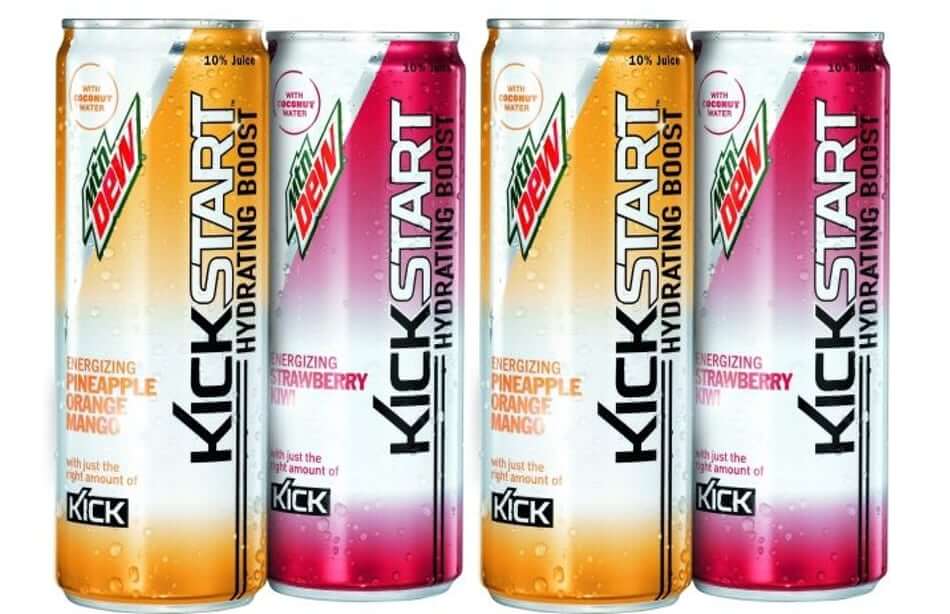
Pepsi has another soda brand that claims a special place in the post-pandemic world. When Mountain Dew Kickstart was launched, it was called «morning soda» to enhance its appeal as a healthy drink.
The novelties combine the iconic Mountain Dew flavor with a variety of fruit juices, super hydrating coconut water and a touch of caffeine. Packaged like energy drinks in tall metal cans, these drinks are between the usual sweet fruit for breakfast and the energy drink you need to recharge throughout the day.
Thus, in search of more useful energy for stimulation, consumers have discovered a new sub-segment that has seriously asserted itself in recent years.
Bubbled Caffeine
In the beverage category, caffeine is very popular as a stimulant that consumers know and understand. It is very different from artificial ingredients like taurine in energy drinks or demonized sugar in sodas.
We had a whole separate review about the growth of the RTD coffee category, which illustrates how brands «warm up» the caffeinated drinks subcategory really well. After the successful launch of Coca-Cola with coffee, several large ones (we found new products from Ocean Spray, Avitae, Nestlé and PepsiCo) and many local brands brought to the market more refreshing and purer caffeinated drinks.
Most of these new products are still difficult to find on store shelves. Young innovators, faced with distribution challenges, are focusing on online sales, but after global companies unveiled their caffeinated sodas, a new sub-segment is growing by leaps and bounds.
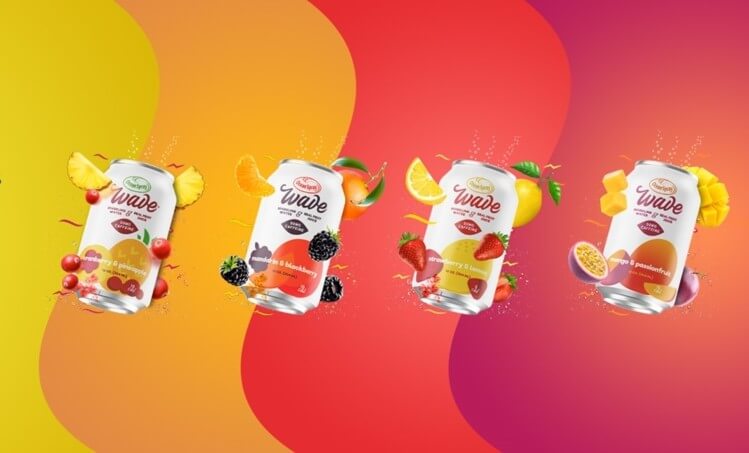
Ocean Spray launched the Wave brand, caffeinated sparkling water with real fruit juice, no sugar, no artificial flavors, and about half the caffeine of a cup of coffee (50 mg of caffeine in one can, derived from black tea). The product meets a trio of consumer needs: refreshment, energy and health. This is much less caffeine than energy drinks have, which can contain up to 250 mg of caffeine per serving.
Wave is Ocean Spray’s first foray into the caffeinated soda category to meet the growing demand for soda that «drives people throughout the day.» The novelty aims to help the brand connect with younger consumers who “prefer a cup of iced coffee during the day”.
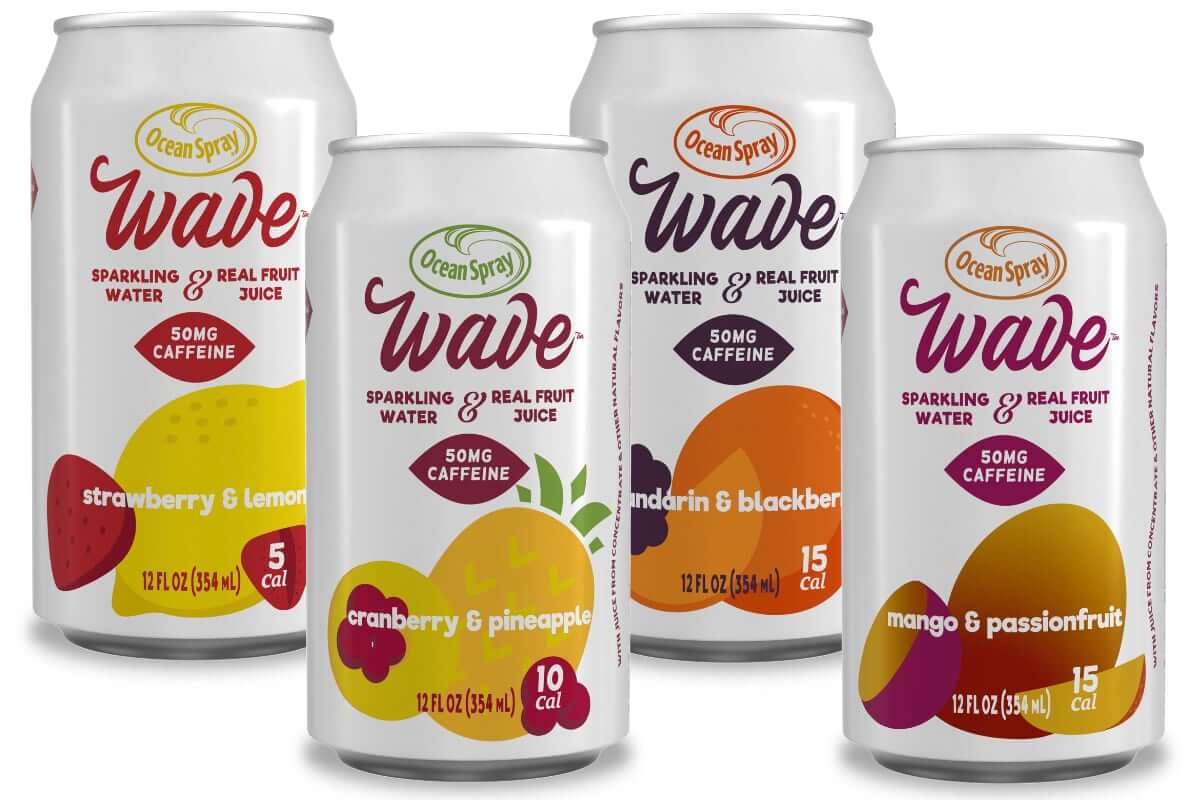
4 SKU Ocean Spray Wave (Strawberry & Lemon, Mango & Passion Fruit, Mandarin & Blackberry, Cranberry & Pineapple) are available exclusively at Walmart.
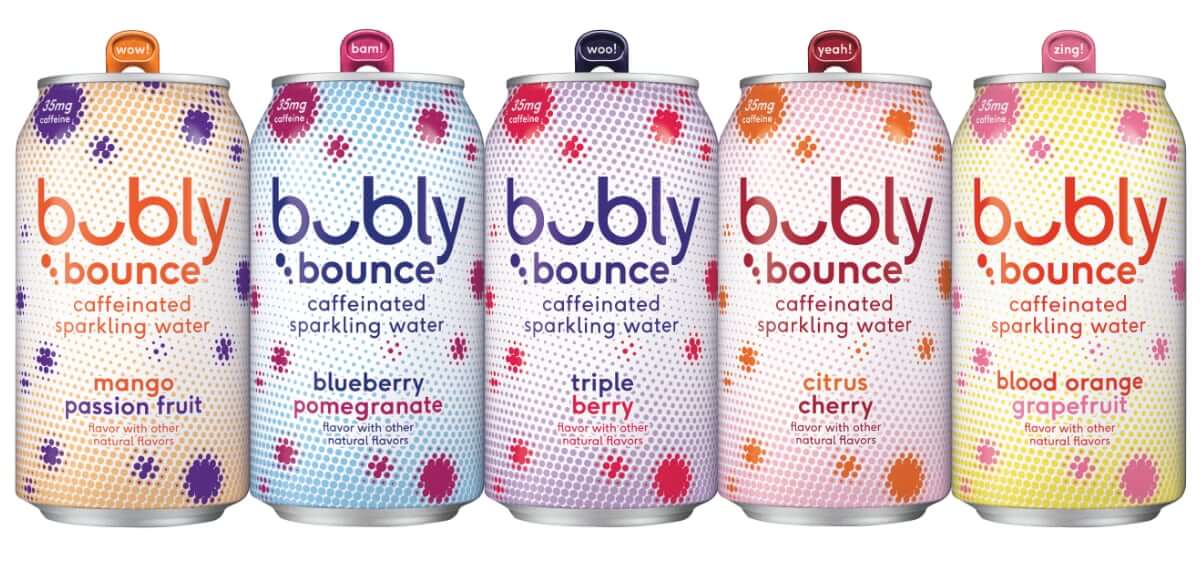
PepsiCo also released a «little caffeine» soda this year. Bubly Bounce is the first expansion of the soft drink giant’s own brand, and one of the fastest growing soda brands in America, launched in 2018.
The 355 ml Bubly Bounce can contains 35 mg of caffeine and is free from sweeteners and artificial flavors. This is a really honest clean label — just soda, natural flavors, and caffeine.
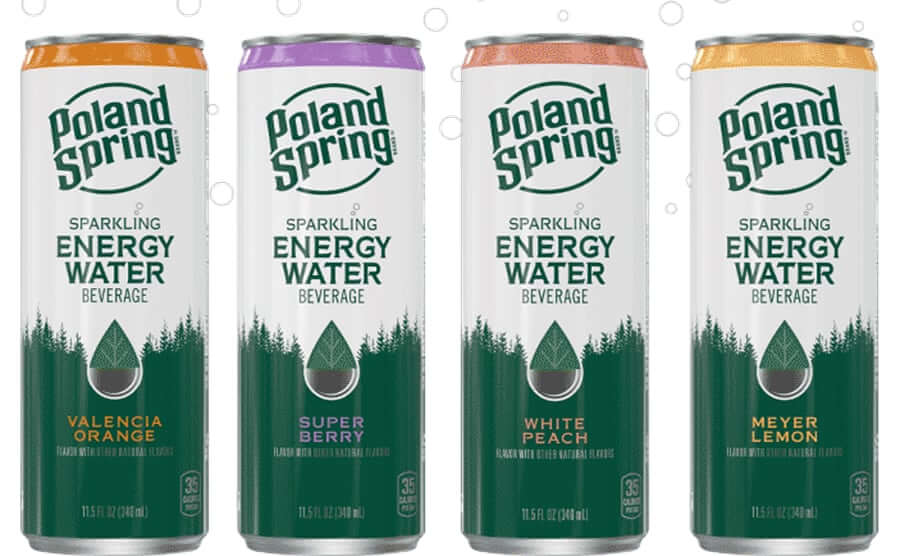
Nestlé Waters North America, targeting the “midday slowdown,” has launched its soda energy drink, an extension of the Poland Spring water brand.
The drink hit store shelves in March 2020. It is made with 100% natural Maine spring water, agave for a touch of sweetness, some lemon juice, caffeine from green tea extract, magnesium and zinc, and natural flavors.
The company assures that «this nature-inspired drink not only tastes great, but can give consumers a boost of natural energy to help them stay awake throughout the day.» A can of 340 ml contains 75 mg of caffeine, which is equivalent to a typical cup of coffee.
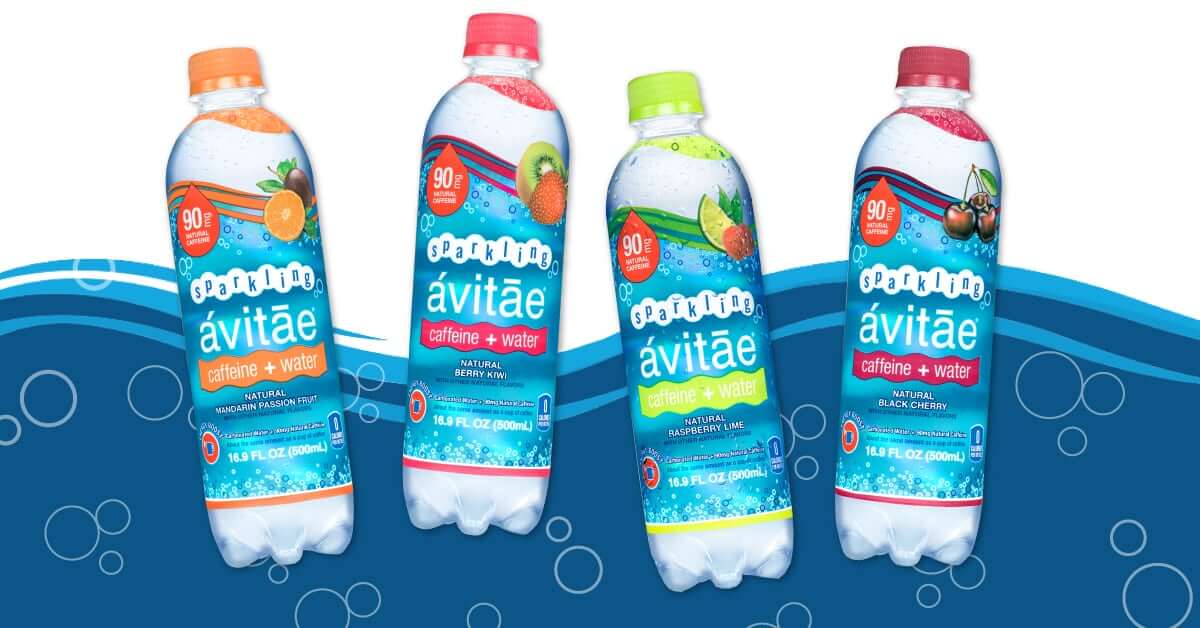
Avitae USA (pronounced a-vee-tai) has launched its own line of zero-calorie caffeinated carbonated water drinks. Avitae Sparkling Caffeine+Water 0.5L bottle contains 90 mg of caffeine from green coffee beans.
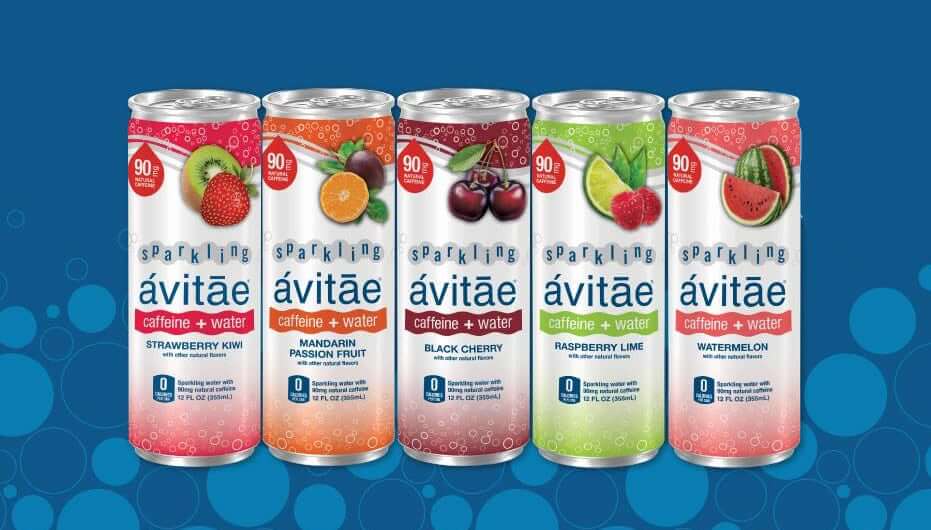
Five SKUs (watermelon, passionfruit and tangerine, berries and kiwi, raspberry lime, black cherry), as well as unscented soda with caffeine, became so popular that the manufacturer launched Avitae Sparkling Caffeine+Water in cans. All the same 90 mg of caffeine, but already in 355 ml.
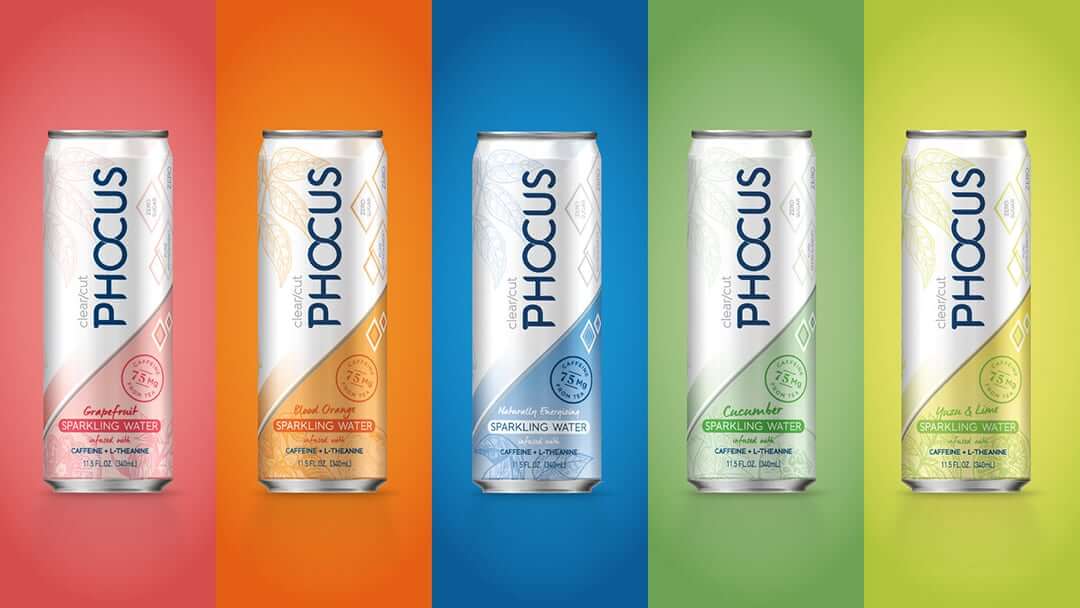
Phocus Naturally Energizing Sparkling Water is marketed as a solution for people looking to quench their thirst and get healthy energy. Phocus is made from reverse osmosis carbonated water and contains L-theanine and electrolytes (calcium chloride and potassium bicarbonate). The drink is kosher, vegan, non-GMO, gluten-free, and everything else (i.e. calories, preservatives, sweeteners and sodium). It is currently available in four flavors: grapefruit, cucumber, red orange and yuzu with lime, as well as classic odorless sparkling water.
Each can contains 75 mg of caffeine, which is enough to survive the afternoon. A pack of 12 cans of 340 ml can be purchased on Amazon for $19.99.
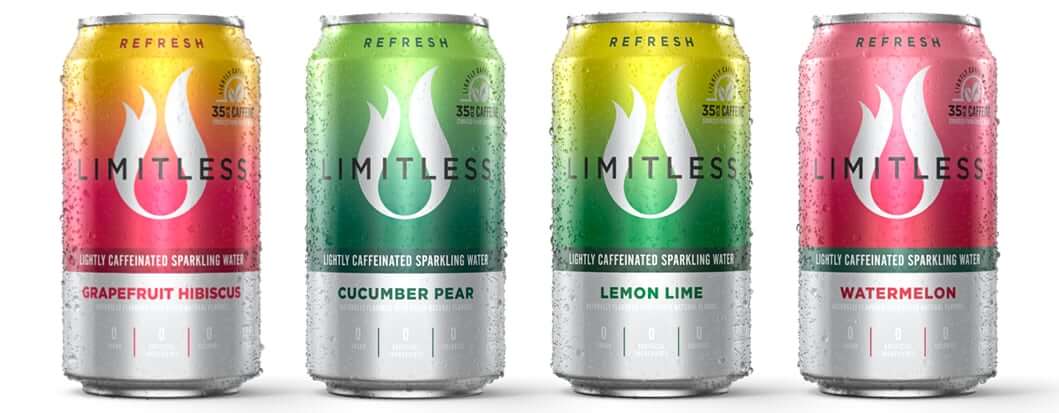
Another caffeinated green coffee bean soda is offered by the Limitless brand. Each 355 ml jar contains 35 mg of caffeine to help you cheer up during the day and let you fall asleep at night. Like its competitors in the sub-segment, Limitless is free of calories, sugar and artificial ingredients. There are six flavors available: watermelon, lemon lime, red orange, gingermint, cucumber pear, and grapefruit hibiscus.

If consumers require a larger dose of caffeine, the Hi-Ball brand will satisfy this demand. The 470 ml can contains a record 160 mg of caffeine. 4 SKU (grapefruit, lemon and lime, wild berries and vanilla) are enriched with guarana and organic ginseng extract. Hi-Ball looks more like a regular energy drink than caffeinated soda. But it is free of artificial ingredients, gluten and GMOs, and besides that it is vegan and with vitamins B3, B3, B6 and B12.
Carbonated Juices
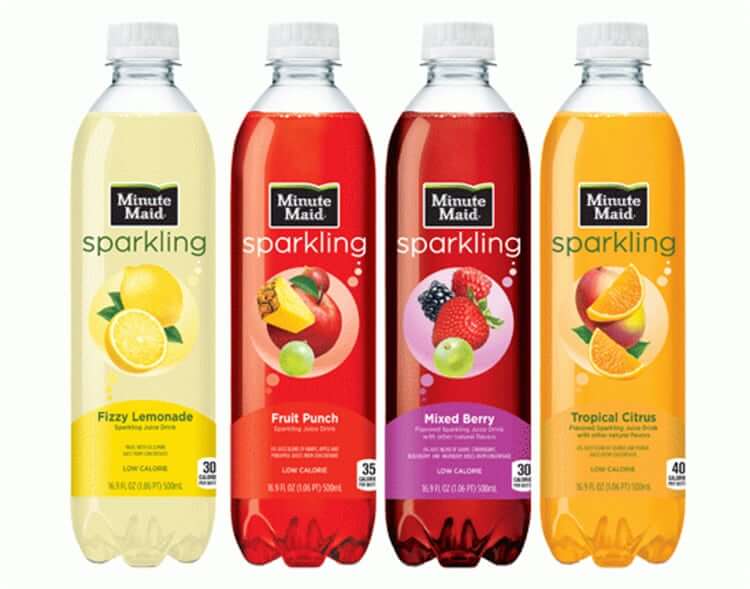
In 2016, Coca-Cola removed its disappointment from the market — the Glaceau fruitwater brand, but were still looking for innovations in the segment. Fruitwater’s place in the portfolio of the drinking giant has been replaced by Minute Maid Sparkling — 6% juice with natural flavors.
There are 4 SKUs available on the market at a price of $1.29 for a 0.5L bottle with 30-40 calories. Moving away from low-calorie coke, Coca-Cola is trying hard to replicate the success of Sparkling ICE in other non-alcoholic soda segments.
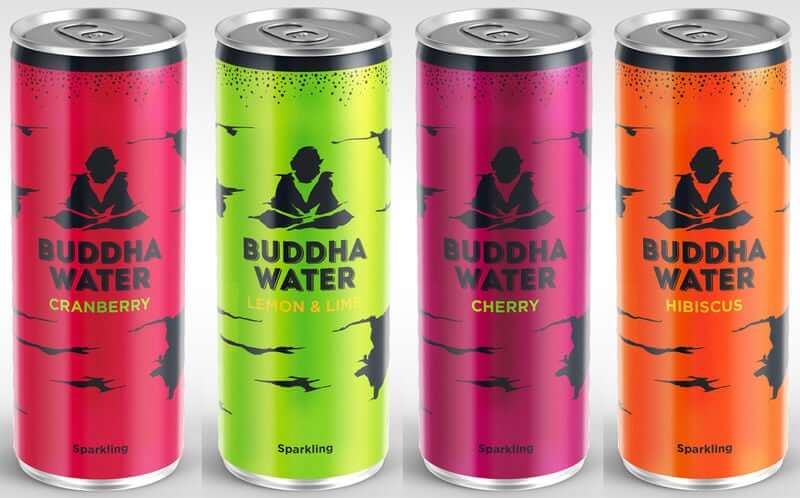
Buddha Water is a new brand of carbonated drinks made from pure Scandinavian birch sap, enriched with natural flavors such as mango, cherry and hibiscus to give it a light refreshing taste. It delivers a powerful boost of nutrients through high levels of vitamin C, potassium and compounds called saponins, which are believed to help lower cholesterol levels. In addition, Buddha Water has a powerful moisturizing and detoxifying effect to promote overall health benefits.
The startup is presenting a healthy alternative to sugary soft drinks and is aimed at conscious consumers who know what drinks they are buying and are looking for more nutritious and healthier options.
[not]Minor Conclusion
We usually end our reviews on a positive note. But not this time. The review closes with a premium soda from Dust Cutter Beverage Co [now defunct]. Teaser: we talk about a new type of packaging for drinking drinks at the end.
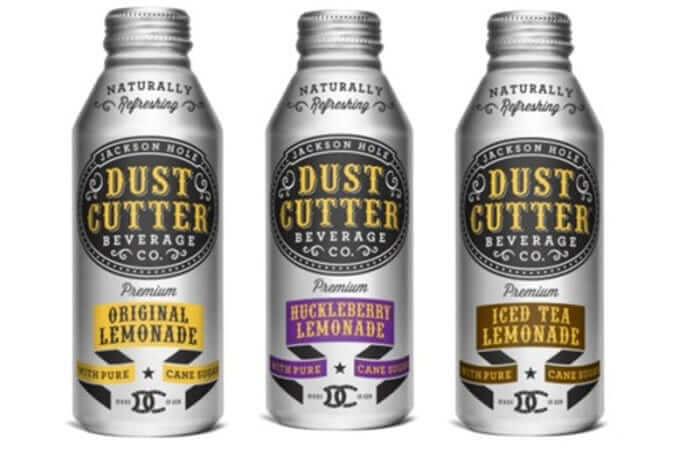
Dust Cutter did not get into the material because it created a line of all-natural premium lemonades containing functional ingredients, ginseng and B vitamins, but because of the alternative packaging option — a reclosable aluminum bottle.
Consumers won’t always associate soda with plastic bottles, and the authorities will encourage this. For example, the Supervisory Board of San Francisco back in 2014 voted to ban bottled water in PET. The restrictions will be introduced gradually, and by 2024 it will be possible to produce drinks only in glass and aluminum containers.
The original aluminum bottles are the first thing that set Dust Cutter apart from the competition. At one time, a package of 12 such 470 ml bottles cost about $20.
Now there are other options for aluminum bottles that keep drinks cold longer. An interesting novelty is the Cap Can from Rexam, with Dayton Systems Group (DSG) closure technology.
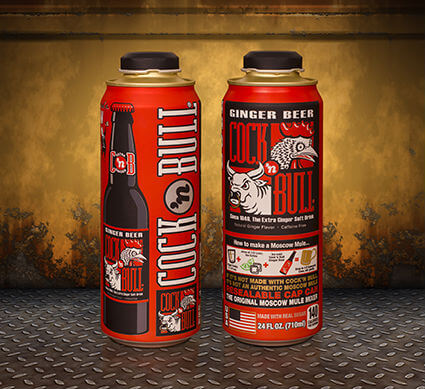
For example, the brand of drinking water Noah’s Spring Water brand, the energy drink Jolt Cola and Cock’s Bull Ginger Beer are packed in such containers. By the way, consumer surveys conducted by Rexam Beverage Can North America have shown that fundamentally people identify drinks by bottles, not cans.
